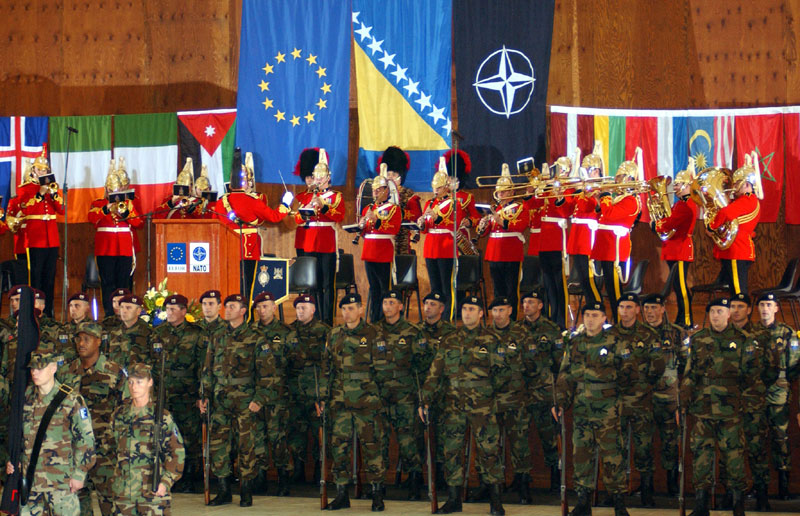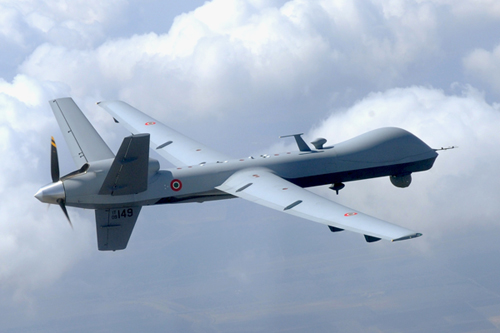EU-NATO cooperation on improvised explosive devices (IED): timid rapprochement

In the absence of a general agreement on cooperation between the EU and NATO, the Ministers of Defense of the 27, meeting in Brussels today, are today examining how to promote cooperation in the two organizations on certain concrete grounds.
In terms of capability support, among the projects on the table are: medical support and the fight against improvised explosive devices (IED), more commonly known as homemade bombs. A priority planned in the two organizations, in a concomitant, sometimes redundant way! So let's take a closer look at what is planned for IEDs...
Two concurrent projects
At NATO, a Counter-IED action plan, approved by the North Atlantic Council in June 2010, provides for "ten lines of effort": from command and control, to the fusion and sharing of information and intelligence, such as biometric or forensic data, through feedback (lessons learned) or training. To the EU , this priority, included in the Capability Development Plan (CDP), was launched at the Council of Defense Ministers in April 2010 (1). It is managed by the European Defense Agency. Plans include the development of deployable (mobile) Counter IED capabilities, a road obstacle clearing capability or a manual neutralization capability as well as the organization of a pilot training course for various experts or supported projects in Research and Technology (R&T).
A rapprochement but not a merger of projects
NATO and the EU have therefore agreed to bring their work programs closer together and above all to open up the activities organized in one of the organizations to the others. On the menu :
- the exchange of information, the two organizations have agreed to "formally" exchange the various reference documents drawn up in the two forums;
- feedback, with the organization of a common workshop on the lessons learned;
- creating a coordinated training schedule;
- the organization of joint events (training, high-level conference;
- the organization of technology demonstrations open to both organizations.
Comment: in these times of crisis, it seems inconceivable that two organizations of which more or less the same States are members should pursue if not competing, at least similar projects. The mergers envisaged still seem very timid in view of the stakes. We should go a step further and consider a better distribution of tasks. Why not create a pilot example altogether, with a common committee to manage the two projects? Or failing that, distribute the tasks, to one anti-IED research, to the other medical support, each of the projects being open to members of the other organization? It is by this type of concrete cooperation that we will be able to gauge the willingness of the two organizations to collaborate rather than by grand declarations.
(1) The EU is committed to the fight against IED. Operational project in Afghanistan


